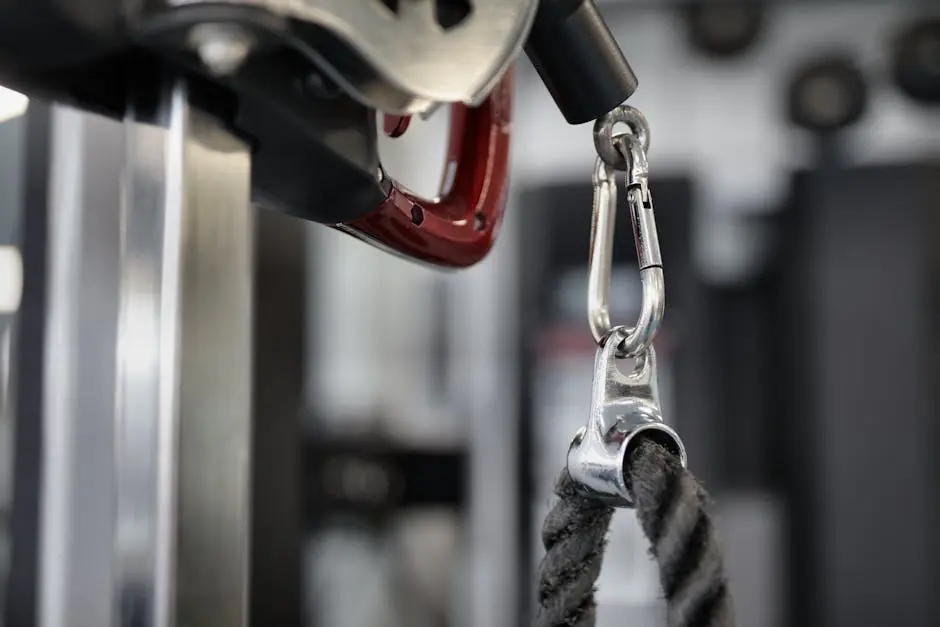Can I Use Ratchet Straps for Securing Heavy Loads?
If you’ve ever wondered about the best way to secure heavy loads during transport, you’re not alone. Ratchet straps are a common tool for this purpose, but how efficient and safe are they? This blog explores the ins and outs of using ratchet straps, guiding you through their benefits, limitations, and best practices.
What Are Ratchet Straps?
Ratchet straps are a versatile and essential tool used for securing cargo. Made from high-strength polyester webbing, they feature a ratcheting mechanism that allows for the adjustment and tightening of the strap around a load, ensuring it stays in place during transport.
The beauty of ratchet straps lies in their simplicity and effectiveness. Without requiring complex knots or techniques, anyone can learn to use them correctly with minimal training. This accessibility makes them a favorite among professionals and DIY movers alike.
Designed to endure heavy use and withstand weather elements, these straps are not just durable but also reusable, offering a cost-effective solution for securing loads over time.
Benefits of Using Ratchet Straps
The primary advantage of using ratchet straps is their ability to apply a significant measure of tension to a load, which ensures that even during bumpy rides, the risk of cargo shifting or falling is drastically reduced.
Another benefit is their adjustability and versatility. Ratchet straps can be tightened or loosened as needed, making them suitable for a wide range of load sizes and shapes.
Ratchet straps also contribute to safety by preventing accidents that can occur when heavy loads become unsecured during transit. In many instances, they are easier and quicker to apply than other methods, saving time and reducing hassle.
How to Choose the Right Ratchet Straps
When selecting ratchet straps, consider the weight of your cargo. Look for straps rated for a load capacity that exceeds the weight of your cargo to ensure safety.
Strap width is another critical factor. Wider straps spread the force over a larger area, making them ideal for more delicate or oddly shaped loads that could be damaged by narrower straps.
Durability is key. Opt for straps made from high-quality materials with sturdy ratcheting mechanisms to ensure longevity and reliability.
Step-by-Step Guide: How to Secure a Load with Ratchet Straps
Start by threading the strap through the ratchet mechanism and pull it tight around your load, ensuring it is snug but not overly tight to prevent damage.
Engage the ratchet to tighten the strap further, pulling the handle back and forth until the strap is sufficiently tight and the load is securely fastened.
Lock the ratchet in place to ensure the strap doesn’t loosen during transport. Double-check that the strap is secure and make any necessary adjustments.
After securing, tuck any excess strap material to prevent it from flapping in the wind, which could cause wear or damage over time.
Common Mistakes to Avoid When Using Ratchet Straps
A frequent mistake is not using enough straps to secure a load properly, which can lead to movement and potential accidents.
Over-tightening can damage both the cargo and the straps. It’s important to apply just enough tension to hold the load in place without causing harm.
Failure to regularly inspect ratchet straps for signs of wear and damage can result in unexpected failures. Regular checks are essential for safety.
Maintenance Tips for Ratchet Straps
Clean your straps after use, especially if they’ve been in contact with dirt, chemicals, or moisture, to extend their lifespan.
Store ratchet straps in a dry, protected place to prevent weather-related damage and to keep them in good working condition.
Periodically inspect straps and the ratcheting mechanism for signs of wear, damage, or corrosion and replace them if necessary to maintain safety standards.
Alternatives to Ratchet Straps
While ratchet straps are highly effective, some situations may call for alternatives like bungee cords, ropes, or chains. Each has its benefits and uses, depending on the nature of your load and the conditions of transport.
Bungee cords are useful for securing lighter, less critical loads, providing flexibility. However, they lack the strength and reliability of ratchet straps for heavier items.
Chains are suited for extremely heavy or rugged loads due to their high strength and durability but require tensioners and locks to secure them properly.
Wrapping It Up: The Verdict on Ratchet Straps
Securing heavy loads is critical for safe transportation, and ratchet straps offer a reliable method to achieve this. Understanding how to select, use, and maintain these straps is essential for optimizing their benefits while minimizing risks. Remember, the key to using ratchet straps effectively is not just about their strength but also about using them correctly. Stay safe and ensure your load is secured the right way, every time.

